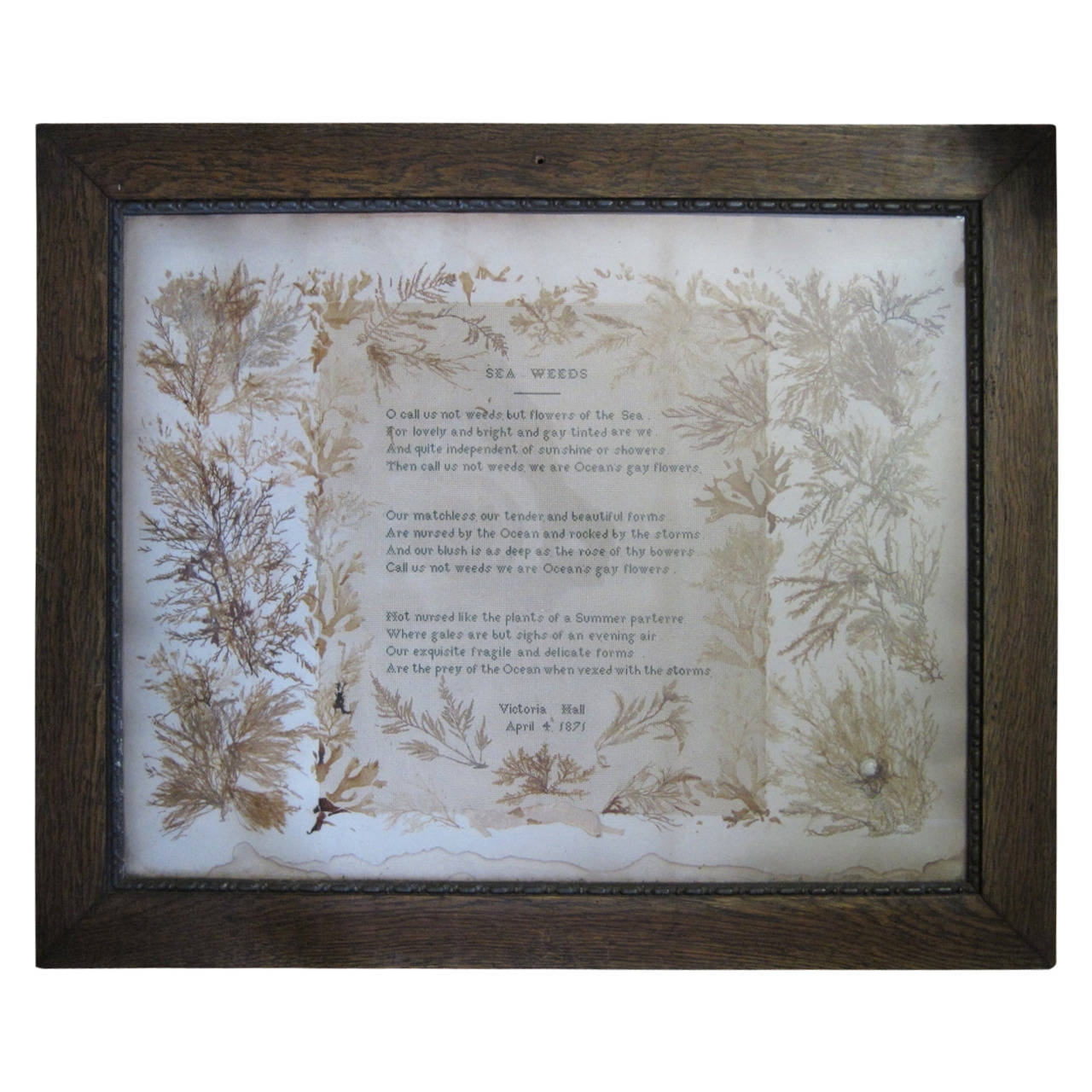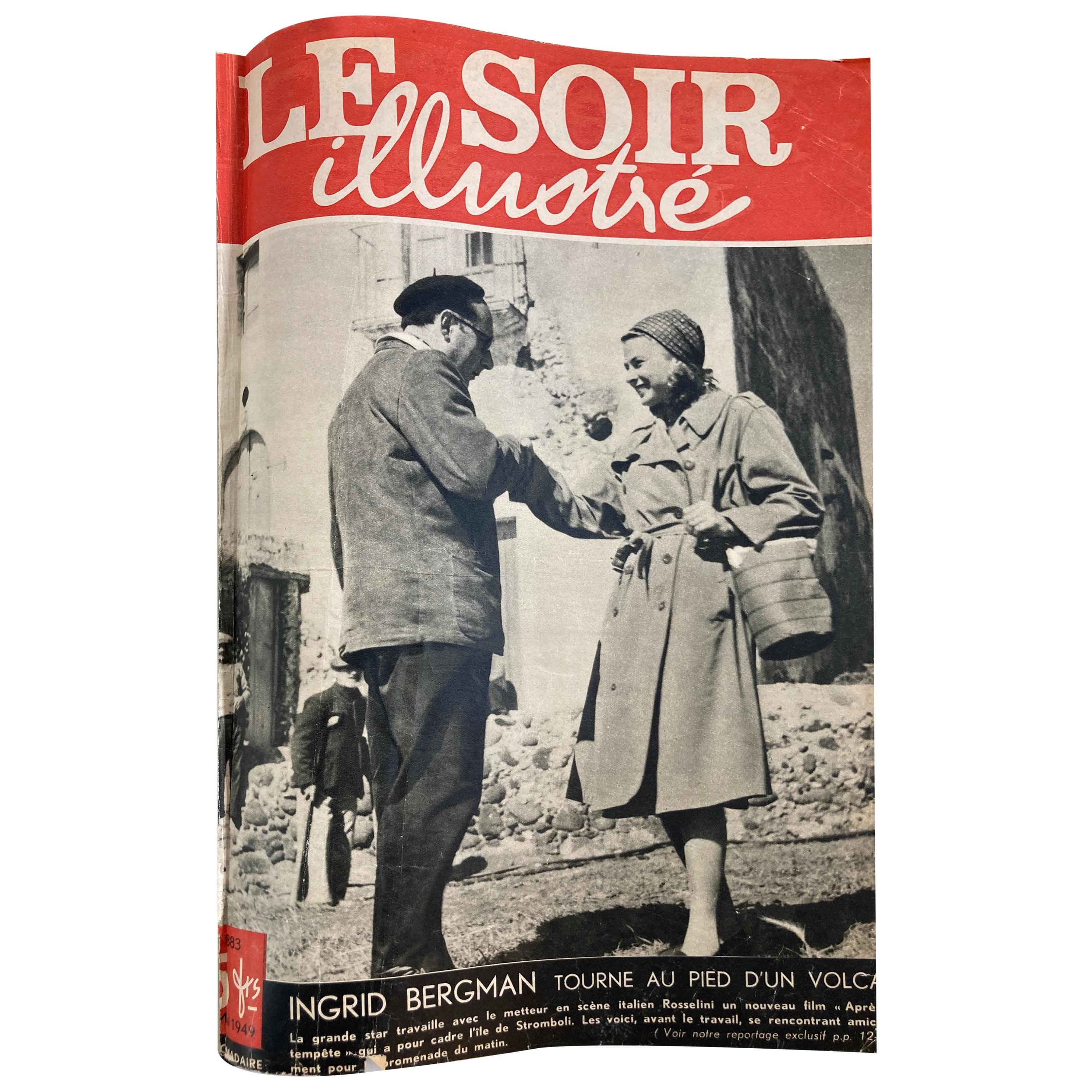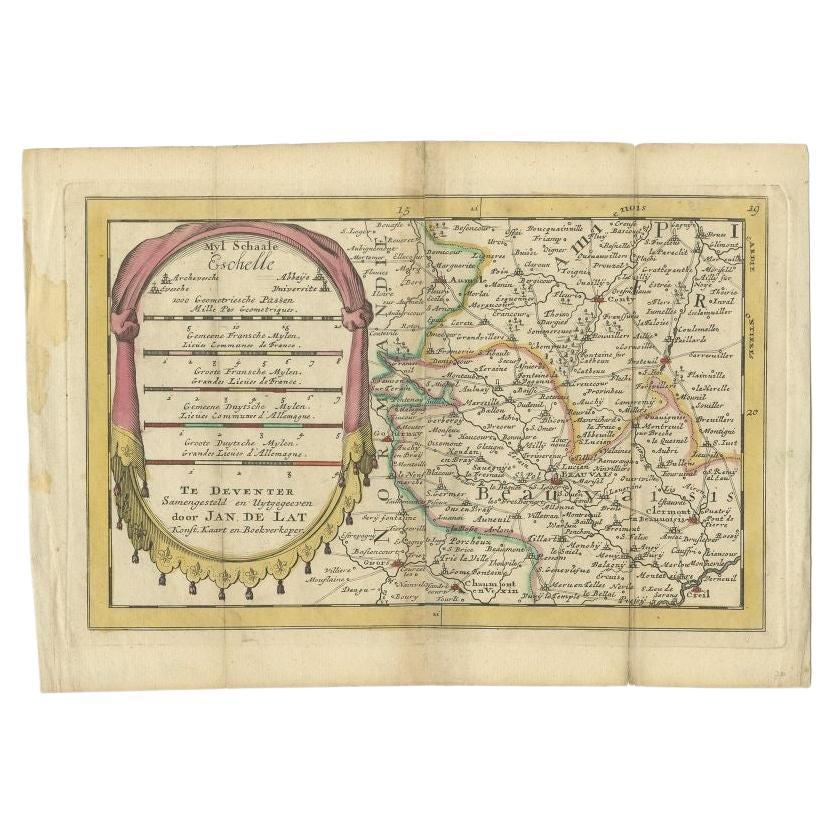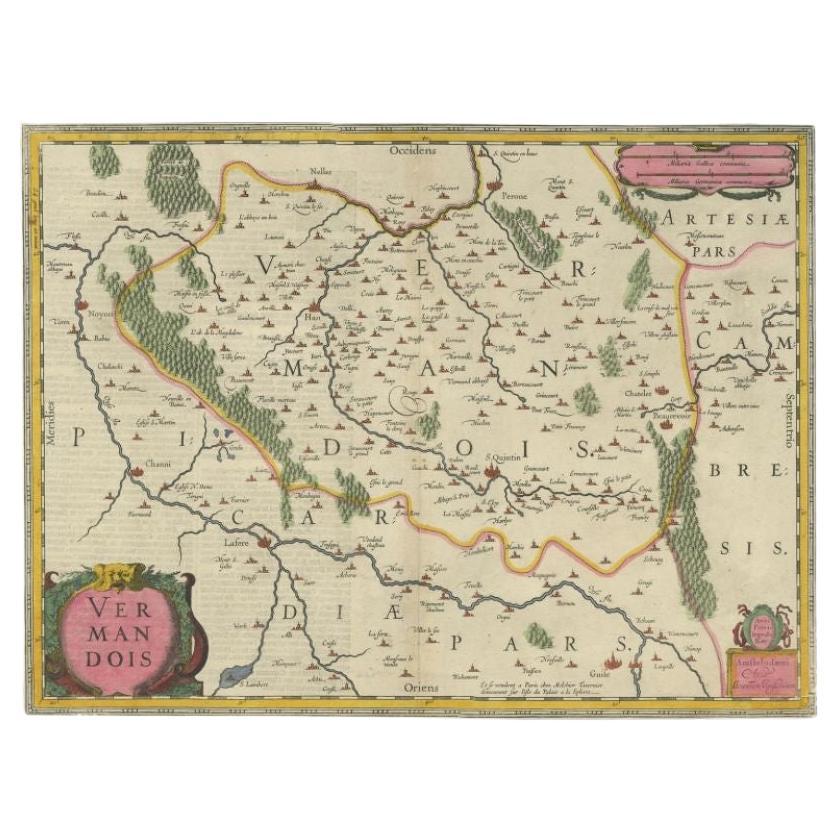Items Similar to Unusual Harness Buckle set made for the Tzar Nicholas II in Paris, France 1896
Want more images or videos?
Request additional images or videos from the seller
1 of 15
Unusual Harness Buckle set made for the Tzar Nicholas II in Paris, France 1896
About the Item
Double set of buckles for harness. The bundles show of the Russian Imperial coat of arms. Each set includes eight buckles and four harness decorations. Mounted in two later oval frames.
During 1896 the Tzar Nikolaj Aleksandrovic Romanov, Nicolas II, arrived in Paris and attended the ceremony of the placement of the first stone of the bridge dedicated to his father, Tzar Alexander II, passed away two years before.
In this occasion have been realized this unusual and unique imperial suite of buckles for harness. Made out of bronze gold gilt, the bandles show the unusual skill of the artist down to the animal details of the imperial coat of arms. France, 1896.
- Dimensions:Height: 23 in (58.42 cm)Width: 19 in (48.26 cm)Depth: 2 in (5.08 cm)
- Materials and Techniques:
- Place of Origin:
- Period:
- Date of Manufacture:1896
- Condition:Wear consistent with age and use.
- Seller Location:Milan, IT
- Reference Number:1stDibs: LU917132086602
About the Seller
5.0
Vetted Seller
These experienced sellers undergo a comprehensive evaluation by our team of in-house experts.
Established in 1991
1stDibs seller since 2011
209 sales on 1stDibs
Typical response time: 3 hours
- ShippingRetrieving quote...Ships From: Milan, Italy
- Return PolicyA return for this item may be initiated within 7 days of delivery.
More From This SellerView All
- Surgical Instruments Set, Signed Galante, Paris, 1870Located in Milan, ITAn oak wood case with a complete surgery set of 8 surgical instruments made on steel, with black horn handles and rosewood, signed H. Galante & fi...Category
Antique 1870s French Scientific Instruments
MaterialsSteel
- A terracotta snuff box in the form of a squatting woman. France, 1810.Located in Milan, ITThe snuffbox is in terracotta. Made in the early 19th century, it depicts a discreetly crouching woman "going about her business". In the back there is a hole where the snuff comes o...Category
Antique Early 19th Century French Tobacco Accessories
MaterialsTerracotta
- A military cap snuffbox, Paris, France beginning of 20th centuryLocated in Milan, ITSnuffbox in white metal, brass and fabric, depicting a military cap with visor. This French snuffbox was made in the early 19th century. Hallmarks (E. D. Paris), France circa 1915.Category
Early 20th Century French Tobacco Accessories
MaterialsBrass
- A military cap snuffbox, Paris, France beginning of 20th century.Located in Milan, ITSnuffbox in white metal, brass and fabric, depicting a military cap with visor. This French snuffbox was made in the early 19th century. France circa 1915.Category
Early 20th Century French Tobacco Accessories
MaterialsMetal, Brass
- Anatomical model for class: a heart, France 1890.Located in Milan, ITAnatomical model for class, depicting an animal’s heart, made out of painted papier mache. Ebonized wooden base, square shape. France circa 1890.Category
Antique Late 19th Century French Scientific Instruments
MaterialsWood
- Precision demountable scale for travel, France 1880.Located in Milan, ITApothecary traveling scale entirely demountable. All the pieces fits inside the front drawer. Oak wood box, brass elements and glasses. Glass protection sides. France 1880.Category
Antique Late 19th Century French Scientific Instruments
MaterialsBrass
You May Also Like
- 19th Century, Irish Marine Botany Specimens Made for the Niagara Falls MuseumLocated in Hamilton, Ontario19th century Irish Marine Botany Specimens made for Thomas Barnett of the Niagara Falls Museum. Seaweed samples were collected off the West Coast of Ireland in 1871 by Mrs. Maria J.W. Kirkwood and presented to Thomas Barnett Esquire, proprietor of the Niagara Falls Museum. These come as two separately framed pieces with hand embroidered lettering surrounded by seaweed and a poem written by Victoria Hall. Free shipping within the United States and Canada. The Niagara Falls Museum was a museum most notable for being the oldest Canadian museum (1827), as well as for having housed the mummy of Ramesses I for 140 years before its return to Egypt in 2003. It was founded by Thomas Barnett of Birmingham, England and underwent a few vocational changes in its history. More on Thomas Barnett and the Niagara Falls Museum. Thomas Barnett was born on December the 4th, 1799 near Birmingham, England. He moved to Canada in the early 1820s and opened the Niagara Falls Museum in 1827 at the base of the Canadian Horseshoe Falls. Barnett had a passion for collecting oddities. He retrofitted a former brewery house to exhibit his private collection. Although Barnett was aware of the collection patterns of his North American contemporaries, his own approach bore an uncanny similarity to the British tradition, such as the Ashmolean Museum in Oxford, the first traditional museum in Britain. The Niagara Falls Museum had humble beginnings. In 1827, the first museum contained Thomas Barnett's own cabinet of taxidermic curiosities. Although the details were not documented, the collection was likely composed of a number of mounted animals of local origin, combined with a smattering of Native American artifacts. Barnett's collection however rapidly grew. Prior to 1844, an account of the museum's contents stated that there were over 5000 items, including bipeds, quadrupeds, birds, fish, insects, reptiles, shells, minerals, and Native American curiosities. Through the first fifty years of its existence, the Niagara Falls Museum continued to acquire similar artifacts through the diligent efforts of the Barnett family and their associates. In 1854, Sydney Barnett (son of Thomas Barnett) made the first of his three trips to Egypt (two by himself and one with Dr. J. Douglas of Montreal) and purchased four mummies as well as a host of other Egyptian antiquities. In 1857, mastodon remains were discovered in St. Thomas, Ontario and later placed in the museum. In 1859 an inventory of the museum's contents included, in addition to the previously mentioned artifacts, an egg collection...Category
Antique 19th Century Decorative Art
- Jewelled, Parcel-Gilt and Silver Russian Icon of St. NicholasLocated in London, GBDepicting St. Nicholas at the centre, his right hand raised making the sign of the cross, his left hand holding a Bible; the icon covered by a protective silver oklad. This stunning antique icon...Category
Antique Late 19th Century Russian Religious Items
MaterialsSilver
- Le Soir Illustre, Mai 1949 to Sept 1949 French Magazines Paris FranceLocated in North Hollywood, CA26 issues casebound in buckram. Nos. 883 - 899, mai 1949 to sept 1949. Title: Le Soir Illustre, mai 1949 to sept 1949. Paris France. Publication Date: 1949 French text.Category
Early 20th Century French French Provincial Books
MaterialsPaper
- Antique Map of the Region of Beauvais in France, 1737Located in Langweer, NLUntitled map of the region of Beauvais, France. This map originates from 'Nieuw en beknopt Kaart-Boekje vertoonende de XVII. Nederlandse Provintien (..)'. Artists and Engravers: Au...Category
Antique 18th Century Maps
MaterialsPaper
- Very Decorative Original Antique Map of the World, Published in France in c.1780By Rigobert BonneLocated in Langweer, NLAntique map titled 'L'Ancien Monde Et Le Nouveau en Deux Hemispheres' - Double hemisphere map of the World, showing the contemporary geographical...Category
Antique 18th Century Maps
MaterialsPaper
- Antique Map of the Vermandois Region 'Picardy' in France by Janssonius, C.1640Located in Langweer, NLAntique map titled 'Vermandois'. Old map of the Vermandois region, France. Vermandois was a French County that appeared in the Merovingian period. Its na...Category
Antique 17th Century Maps
MaterialsPaper
Recently Viewed
View AllMore Ways To Browse
Made In France Jewelry
Buckle Set
Double Buckle
Unusual Antique Collectables
Unusual Antique Jewelry
Russia Imperial
Russian Imperial
Antique Jewellery Paris
Paris Antique Jewelry
Antique Jewelry Paris
Imperial France
Antique Jewelry Paris France
Russian Imperial Antique
Russian Coat
Buckle Bronze
Antique Bundle
Brass Coat Of Arms
Gilt Coat Of Arms





